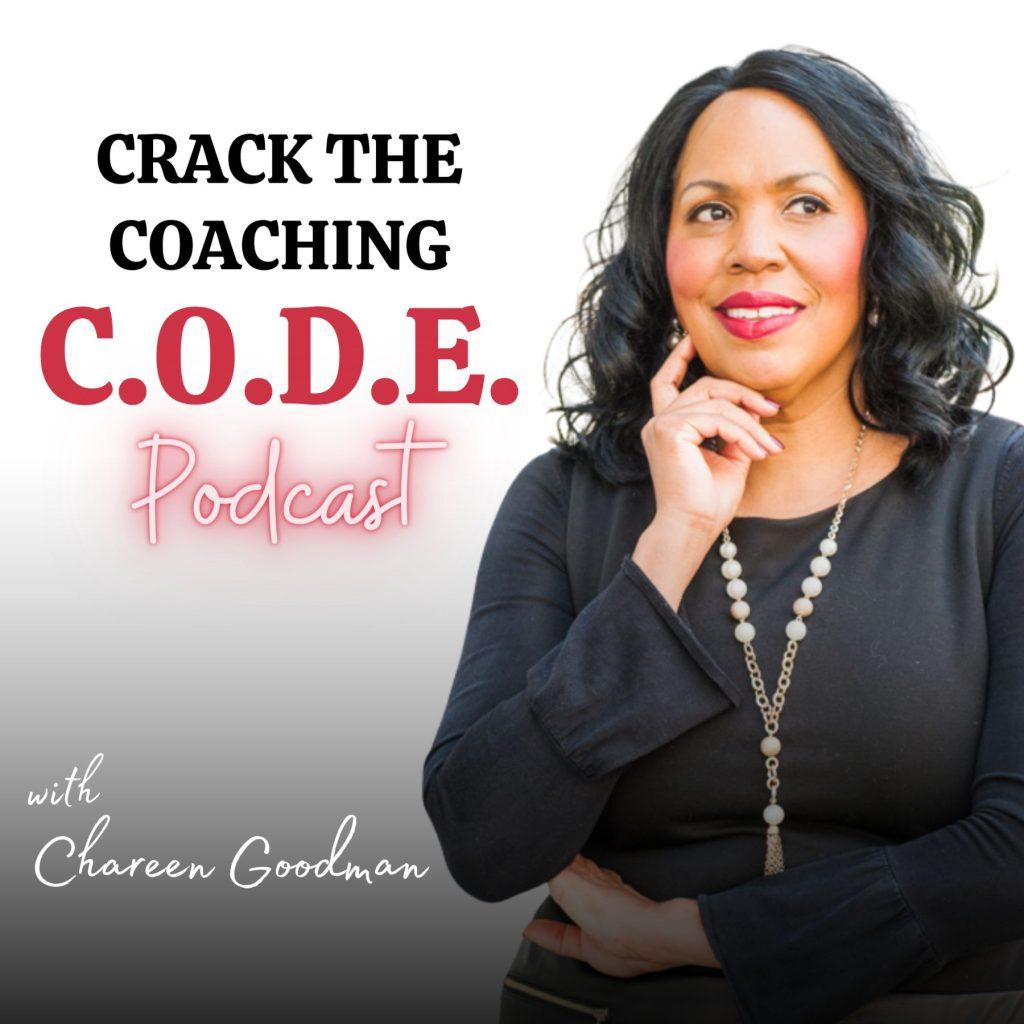How to Segment Your Email List for Better Engagement
Email marketing is a powerful tool that can help businesses connect with their audience and drive conversions. However, without a well-segmented email list, your efforts may fall flat.
In this piece, we’ll explore the importance of segmenting your email list and share some tactics and strategies to help you improve engagement and conversions.
The Importance of List Segmentation
List segmentation is the process of dividing your email list into smaller groups based on specific criteria. This allows you to deliver targeted content to each group, improving the relevance and effectiveness of your email campaigns.
There are several benefits of list segmentation, including:
- Improved open rates: By sending targeted content to each group, you increase the chances of your subscribers opening and engaging with your emails.
- Higher click-through rates: When your content is relevant and personalized, subscribers are more likely to click through to your website or landing page.
- Increased conversions: By delivering targeted content to each group, you can improve the chances of your subscribers taking action and making a purchase.
Different Schools of Thought on List Segmentation
There are several schools of thought when it comes to list segmentation. Some marketers prefer to keep their lists simple and only segment by basic criteria such as demographics or location.
Others take a more complex approach, segmenting their lists based on behavior, interests, and engagement levels.
One popular approach to list segmentation is the RFM model, which stands for Recency, Frequency, and Monetary value. This model segments subscribers based on their purchase history, with the goal of delivering targeted content and promotions to each group.
Another approach is to segment based on engagement levels. By tracking metrics such as open rates and click-through rates, you can identify subscribers who are highly engaged with your content and those who may need some extra attention.
This allows you to deliver tailored content to each group, improving engagement and reducing churn.
Tactics and Strategies for Effective List Segmentation
There are several tactics and strategies you can use to improve your list segmentation and drive better results. Here are a few to consider:
- Start with basic segmentation: If you’re new to list segmentation, start with basic criteria such as demographics or location. This will allow you to get a feel for how segmentation works and the impact it can have on engagement and conversions.
- Use behavioral data: Tracking subscriber behavior can provide valuable insights into their interests and preferences. Use this data to create targeted content and promotions for each group.
- Personalize your content: Who doesn’t want to feel like you are speaking directly to them? That means personalization. Personalization is key to effective list segmentation. Use subscriber data to personalize your content and promotions, making them more relevant and engaging.
- Test and refine your approach: List segmentation is an ongoing process. Test different segmentation strategies and refine your approach based on the results you see.
Conclusion
List segmentation is a powerful tool that can help you improve engagement and conversions with your email campaigns.
By dividing your list into smaller, targeted groups, you can deliver personalized content and promotions that resonate with your subscribers.
With the right tactics and strategies, you can take your email marketing to the next level and drive better results for your business.
Don’t wait for the perfect time to start your journey toward success. Book your Bold Leap Discovery Call now and let’s start today.
- The Power of Clarity Through the 1-1-1-1 Strategy for High-Ticket Coaches - January 1, 2025
- From LinkedIn Presence to LinkedIn Authority in 2025 - December 28, 2024
- Top 4 Strategies to Amplify Your Authority as a Coach In 2025 - November 25, 2024













